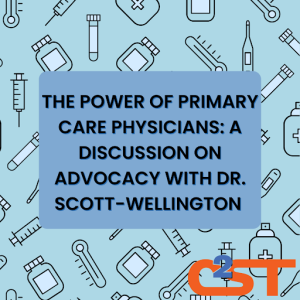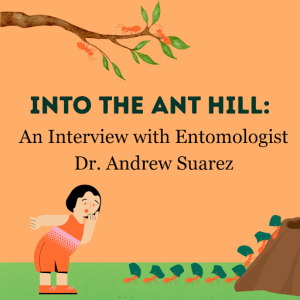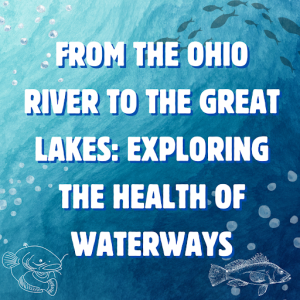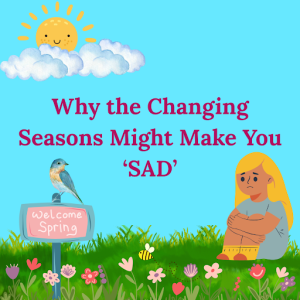How Noise Pollution is Impacting Whales
By Zyara Morton, C2ST Intern, University of Illinois Urbana-Champaign
Explore how human-created noise pollution is impacting whales in our oceans.
This is the repository for all things C2ST. You can learn with videos of our past events, read articles concerning cutting-edge research and development in Chicago and elsewhere that will change our lives, check out C2ST in the news, and more! Use the Filter Media options below to browse C2ST’s content and discover something new!
We graciously thank The Brinson Foundation for their generous sponsorship of the C2ST Science Communication Internship in 2021-2024. As a result, an incredibly talented group of diverse STEM undergraduate and graduate scholars at area colleges and universities researched and developed over 100 blogs.* Enjoy-If you like, please share!
*As of 10.25.24
By Zyara Morton, C2ST Intern, University of Illinois Urbana-Champaign
Explore how human-created noise pollution is impacting whales in our oceans.
By Elizabeth Carroll, C2ST Intern, Loyola University
This new device uses the simple power of light to repair suffering coral reefs, offering brighter outcomes in the face of climate change.
By Rowan Dunbar, C2ST Intern, University of Illinois Chicago
With reports projecting a shortage of over eighty-seven thousand full-time primary care physicians (PCPs) by 2037, there has never been a better time to highlight the importance of primary care. Research has shown that patients with better access to primary care live longer, healthier lives. To learn more about the critical roles PCPs play in people’s health, specifically adolescents, I spoke with Dr. Felicia Scott-Wellington, a proud Chicagoan, adolescent medicine physician, and advocate for her patients. We discussed her path to adolescent medicine, why this field is unique, and how marginalization impacts her patients.

By Zyara Morton, C2ST Intern, University of Illinois Urbana-Champaign
We share the earth with a wide array of diverse animals, insects, and plants. Within our day-to-day life, however, we might only come across a few of the many species residing on this planet. One type of small and abundant creature we see a lot of is the ant! Ants are incredibly diverse, and with such a wide variety in behavior, I began to wonder more about these little critters. Luckily, I had the incredible opportunity to interview Dr. Andrew Suarez, an Assistant Professor of Entomology, or the study of insects, at the University of Illinois Urbana-Champaign. Dr. Suarez specializes in ant ecology and behavior. So put your worker hat on, and follow me into the ant hill, as we learn more about Dr. Suarez, and these tiny creatures.

Continue reading “Into the Ant Hill: An Interview with Entomologist Dr. Suarez”
By Rowan Dunbar, C2ST Intern, University of Illinois Chicago
When I first moved to Chicago for college, I quickly realized the city’s love for outdoor recreation. Water plays a key part in how many Chicagoans spend their free time, from the Chicago Riverwalk to the beaches of Lake Michigan. However, I struggled to understand why my friends would want to walk the shoreline – much less swim in an unchlorinated body of water. I knew that Chicago’s drinking water comes from Lake Michigan and that Chicago has ‘good water,’ which means it is generally clean or safe, so why did this free body of water intimidate me so much? That is when I realized that the river I grew up by – its bank covered in broken glass, bottle caps, and cigarette butts – is home to one of America’s most polluted waterways – and is the only endangered river in Illinois: the Ohio River.

Continue reading “From The Ohio River To The Great Lakes: Exploring The Health of Waterways”
By Zyara Morton, C2ST Intern, University of Illinois Urbana-Champaign
After a long winter full of sharp winds and freezing temperatures, the first warm and sunny day is often welcomed with open arms. Perhaps you feel more optimistic about the future, or perhaps more productive than you were in winter. Animals also become more active in spring – whether that be bears waking up from hibernation or birds migrating from one region to another. For many people, it may seem as if spring is the season to ‘get things done’, as opposed to winter or fall. However, why might many people feel less productive in winter or fall? Why do we as humans experience such mood fluctuations depending on the season?

Continue reading “Why the Changing Seasons Might Make You ‘SAD’”